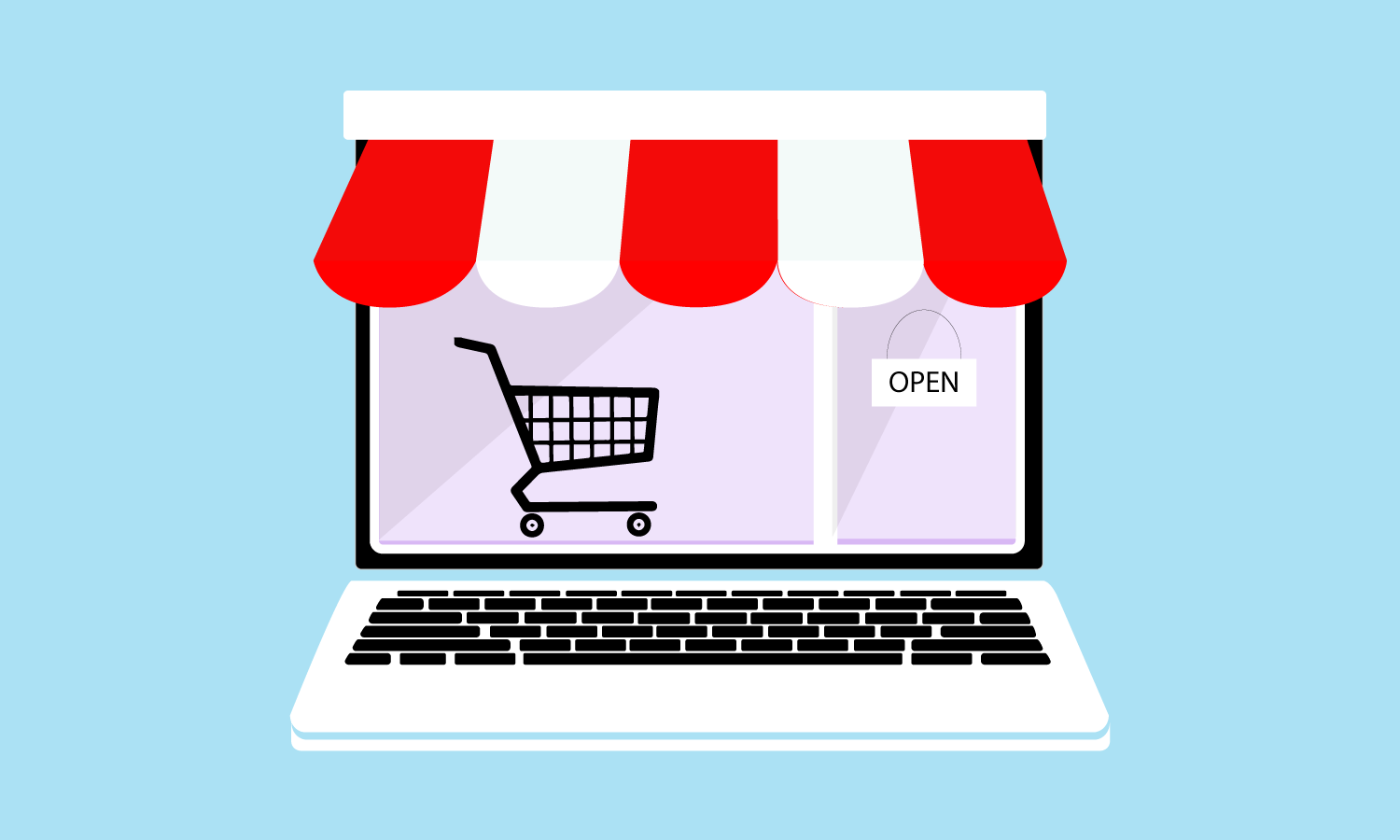The school bells are ringing and the beginning of a brand new school year is starting. By now, everyone has completed all, if not most, of their back to school shopping.
Over the past couple weeks we have all see the advertisements for the newest clothes, backpacks, laptops, and school supplies. We have chosen to either face the busy crowds and long lines, or shop from the comfort of our homes.
We are coming to the conclusion of our blog series, so let’s take a look back on how we prepared for the school year and how the future of retail could change how we shop during peak seasons.
Did You Choose to Shop Online or In-Store?
As mentioned, personal preference plays the largest part in whether you choose to shop online or go into the store. However, only 50% of back-to-school shopping is done online and it is usually older students purchasing higher priced items such as electronics. People choose to shop in stores due to the nature of the shopping, since there are a lot of personal items such as clothing and shoes and people do not want to deal with the hassle of returns. This means that retailers need to get creative on how they bring people into their stores or onto their website.
The main perks that in-store retailers have going for them is that consumers can physically interact with the items they want to buy. Their customers will have their items immediately and will not have to wait for them to be sent to their homes. In-store retailers also have the impulse purchases that happen when people are walking around the stores, or waiting in lines.
Advantages that the online retailers have is how convenient it is for consumers. They use many different methods to get shoppers to purchase online such as discounts on online orders, free shipping, and fast delivery. They have a greater sales reach and customer accessibility. Often times, post-secondary students will order items online and have them shipped to their dorm rooms.
The Supply Chain
Not only are parents and students preparing to get ready for the school year, businesses also need to prepare and their preparation starts even earlier. The back-to-school process involves a tightly connected network of buyers and suppliers. The back-to-school supply chain will start sometime in the spring when businesses predict what will be most in demand for the coming school year. All the department stores that consumers go to, to buy school supplies, carry those items all year round. They increase their shipments to stock up in time. To start by looking at previous years’ sales to decide the quantity they will need to order. Retailers also figure out what is on the supply lists that are given to students by their teachers. All items are then stored and available in the same area of the department store.
Retail of the Future
The retail industry has undergone many transformations over the past decade and we have seen the peak, busy seasons get longer and longer each year. This means that retailers must adapt to new shifts in demographics, attitudes, and consumers preferences. One of the main ways back-to-school retailers are adapting is by integrating their online and in-store inventories to manage their stock and ensure they are appealing to both groups of shoppers.
Here are 5 trends that continue to change the retail industry:
- The glass box and brands-as-a-culture. Customers are shopping based of their emotions rather than their wallets. Therefore businesses have to be more social conscious and think about how and what their brand means.
- Faster shipping. Since some companies have cut down shipping to as low as 2 days, consumers are now expecting faster shipping. If businesses cannot keep up, your customers will go elsewhere. This trend is set to continue so businesses need to consider new ways to set themselves apart.
- The shopping experience. The trend has changed from just shopping for products to creating an engaging experience. Virtual reality, augmented reality, and improved mobile technology are pushing companies to add layers and new experiences to their traditional retail models.
- Subscription E-Commerce. This trend works together with consumers’ search for experiences. This is a service that collects a recurring payment in exchange for recurring product deliveries. An example is HelloFresh. People are expecting to be able to both shop online, as well as in stores. Because of this, many brands are expanding their physical presence.
- Product customization. Another trend that many consumers are looking for are those ‘one of a kind’ products that no one else will have. More and more businesses are offering customization options in stores. For example, Levi’s offers personalized embroidery on jeans and denim jackets. Made to order has become appealing because it allows the wearer to stand out
Keep an eye out for these new trends during the holiday season and the next back-to-school season!



